As technology advances more retailers are trying wearable technology, such as Google Glass. Retail Week takes a look at headset shopping.
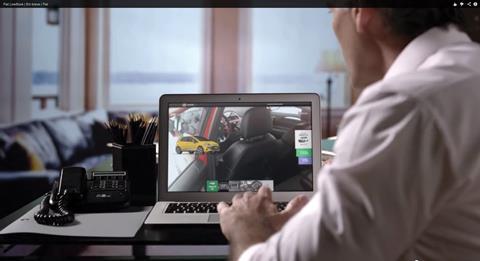
Why are we talking about it now?
GDR Creative Intelligence chief executive Kate Ancketill said at Retail Week Live last week that ‘live stores’, where online customers can experience products using headset cameras worn by staff, could be the next big thing.
The technology is already being used in the Fiat Live store in Brazil.
It enables customers to ‘test-drive’ a car from the comfort of their own homes. “It has huge implications for retail,” said Ancketill.
How does it work?
In the Fiat store assistants wear helmets fitted with video cameras linked to the internet. Customers curious about a car can log on through the Fiat website and experience it through the eyes of the helmet wearing sales assistant who demonstrates the vehicle to the customer in real time.
The customer can speak to the sales assistant too, so they can ask to see certain aspects of the car such as the back seats. The aim is to make customers feel like they are physically in the vehicle.
Who is using it?
The only retailer known to be using the equipment at present is the Fiat Brazil store. Fiat is expected to roll the technology out to more locations.
Other organisations are also starting to use wearable technology such as Google Glass.
Ancketill says: “XOEye Technologies has developed an application for remote factory workers to communicate. A five-megapixel camera in the glasses records or streams live video, allowing the wearer to work hands-free. This approach could similarly work for in-store sales associates, who could advise customers remotely.”
What other trends have GDR tipped for the top?
Ancketill said frictionless shopping and hyper-personalisation are growing trends and there will also be “surprising” new channels that are still being developed. An example of frictionless shopping is online orders being delivered to customers regardless of where they are by using GPS.
She added that ‘clienteling’ is one to watch. This can include retailers recognising shoppers’ faces when they walk through the door and offering them appropriate deals.
“We think that’s going to be huge,” Ancketill said. “Wearable technology has the potential to unlock exciting new possibilities in physical-digital integration in retail. Some we can perhaps predict, but undoubtedly there will be innovative approaches that could change the rules.”




















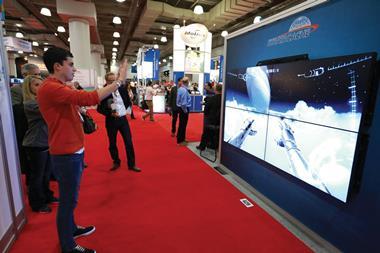


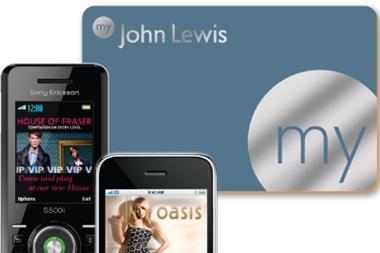
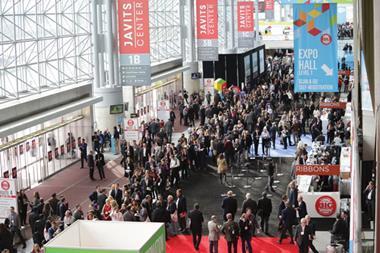
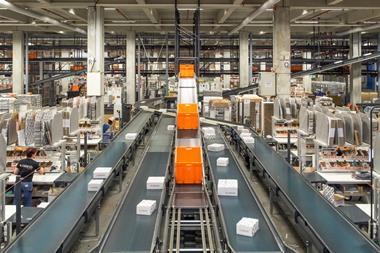
No comments yet